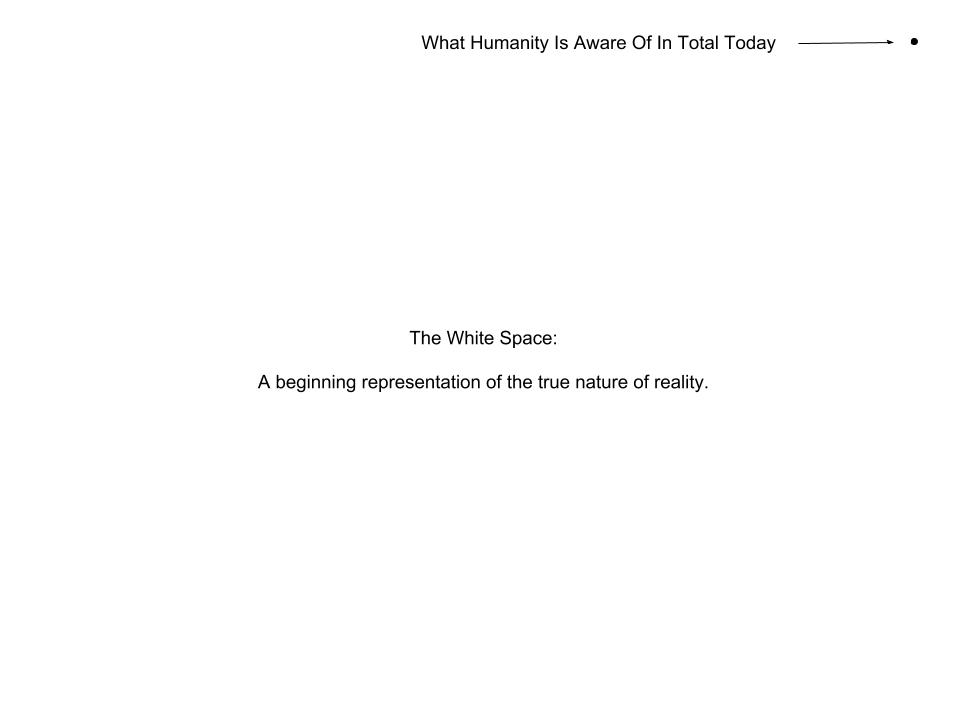What do we know of our lives and our world, this Earth, we all stand upon? What does it all mean? Sometimes to answer questions, we need to ask other questions first. What is it that we know and what is it that we don’t know? Knowing is, for sure, a wonderful thing. However, it can also be a distraction that keeps pace at a standstill. One does not need to be a scholar to understand this. Simply saying, “I don’t know,” is all that is required.
For instance, how far away is the nearest galaxy? You may say, “I don’t know.” Well, let’s google it and find out:
“The closest known galaxy to us is the Canis Major Dwarf Galaxy, at 236,000,000,000,000,000 km (25,000 light years) from the Sun.” (Source: NASA)
That is 236 quadrillion km’s from our sun, or approximately 146,000,000,000,000,000 miles, to the nearest galaxy known. The speed of light is about 670,616,629 mph. Distance = rate X time. So, time = distance/rate. So, quite simply, the time it would take to get to Canis Major Dwarf Galaxy at the speed of light would be 146,000,000,000,000,000 miles divided by 670,616,629 mph, the speed of light. What we get is 217,710,080 hours. 217,710,080 divided by 24 hours in a day, divided by 365 days in a year, is 24,852 years. It would take us 24,852 years traveling at the speed of light to reach the nearest known galaxy from our sun. That far exceeds the life expectancy of any human being on Earth today.
What is even more alarming is that the image we were able to take of Canis Major Dwarf Galaxy was taken from a distance of 146,000,000,000,000,000 miles. We are detecting the light from this galaxy as an image and that light takes 24,852 years to get here. The image we have of this galaxy is 24,852 years old. We don’t know what it looked like before discovering it, or what it looks like truly right now. We have no true representation of what the Canis Major galaxy is doing right now.
An example of this is if you were a sports photographer on the sidelines of an NFL game and you took an action photograph of a running back running, that image is captured in motion. That NFL running back, 6 hours later, may be at home with his family. Your image is a snapshot in time. You have no idea what that running back is doing right now.
Now, let’s look at the Andromeda Galaxy. It is about 2.5 million light years away from Earth. A light year is about 6 trillion miles. So, this galaxy is about 15,000,000,000,000,000,000 miles, or 24,140,160,000,000,000,000 km from Earth. That’s 15 quintillion miles, or 24 quintillion km’s. So, 15,000,000,000,000,000,000 miles/670,616,629 mph = 22,367,473,980 hours/24 hours in a day/365 days in a year, gives us 2,553,364 years to get to the Andromeda Galaxy at the speed of light. The image what we see of the Andromeda Galaxy is 2,553,364 years old. We have no idea what it looks like right now.
That is one major point to consider. What is happening, or has happened in the Andromeda Galaxy is 2,553,364 years, at a minimum, in the future of where we are now in relation to time as we can understand today. So, does that mean, we as life on Earth, exist in the past, or are we in the future? If we can only see a snapshot of what is occurring at any given point in our time of what is happening in the Andromeda Galaxy 2,553,364 years ago, what does that mean? Does that mean the Andromeda Galaxy is 2,553,364 years ahead of us in evolution? The Andromeda Galaxy is one of the nearer galaxies to us, and there are galaxies much further away.
Does the Andromeda Galaxy house more primitive life than us? Does it house life more advanced than us? Why are we just now seeing this today? Why is this concept a consideration? What does time mean? Even if we could create technology that allowed for travel at the speed of light, it would still take generations upon a vessel to even accomplish such a mission as traveling to a nearby galaxy. 24,852 years to reach Canis Major and 2,553,364 years to reach Andromeda. Another way to look at it is we would have to achieve 24,852 times the speed of light to reach Canis Major in one year, and 2,553,364 times the speed of light to reach Andromeda. The force exerted upon the physical body at those speeds could, or would, quite literally instantly break one down to a subatomic level, or smaller yet.
This illustration is for a point. The exactness of calculation is a moot point. The big picture is paramount. It gives us an idea of just how much we do not even comprehend time itself. Distance is now seen and its numbers are so vastly exponential, they extend beyond the human form or even human understanding. It is not possible, as we understand as humanity today. But, yet, there before us, in all viewfinders of all kinds, the evidence exists. We don’t know squat. But, yet, seemingly, as history has shown, we eventually do. How does that work?
What we know, or what we think we know, is such a minute speck in comparison to the unknown, that it is only the unknown source that has the answers we seek. Ego, allure, prestige, knowing, is it all an outpouring? From whence we came, to the witnessing here, is it far, or is it near? What makes this world and its knowing, could it be another showing? And if we could know the shower, would we be another knower? Or is knowing’s case just an unknown mistake? Who could bring such a vista point? Who holds the oil to anoint? Look up at the stars and point.

